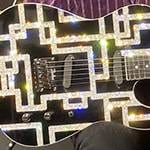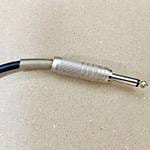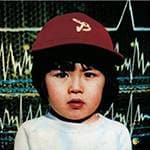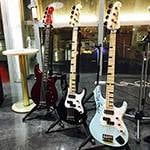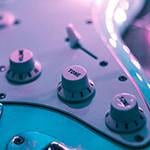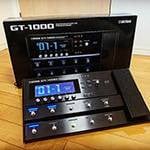Exploring Classic Japanese Folk Albums
This edition of our classic album series takes a look at a genre with a different flavor than usual.
Between 1972 and 1977, Japan experienced a unique folk song boom over a short span of time. The movement was spearheaded by Takuro Yoshida (hereafter referred to without honorifics), who took the nation by storm in 1972 with his hit "Kekkon Shiyou yo" ("Let's Get Married"). During these few years, many timeless folk songs were born, including this very track.
This era marked the peak of folk music in Japan, giving rise to stars like Yoosui Inoue and Kaguyahime, alongside Yoshida. In their early days, these artists performed with nothing but an acoustic guitar, singing their own compositions. Their ability to deliver songs they personally wrote and played resonated deeply with the times. It's not hard to imagine that they were influenced by American folk singers like Bob Dylan.
Folk Albums Supported by Keyboard Instruments
Despite being labeled as folk songs, these albums heavily featured traditional keyboard instruments, which played a significant role in forming their musical foundation.
However, as a first-year middle school student, I was captivated by the image of folk singers performing with just an acoustic guitar. I had no understanding of the instruments used in the albums. Most young people back then were probably the same. Backing from a Hammond organ or acoustic piano performances barely registered in our ears; we focused solely on the acoustic guitar and the artist’s voice.
At the time, kids who played electric guitar were often labeled as delinquents, and I subconsciously adopted this sentiment. As if in sync with that cultural view, I developed a kind of aversion to electric guitars and could only immerse myself in the world of sound created by the acoustic guitar.
The Pioneer of Folk Music: Takuro Yoshida
Takuro Yoshida rose to fame as a leading figure in the Japanese folk music scene, garnering both acclaim and criticism during his time. One of the albums born from this era is Genki Desu. (I’m Fine), which remains Yoshida’s best-selling album to date.
Although it was released over 50 years ago and is relatively unknown among younger generations, introducing it as a hidden gem could spark unexpected interest. If Seiko Matsuda’s albums represent a culmination of Japan’s production expertise in pop music, Genki Desu. can similarly be seen as a sophisticated work for its time, showcasing a high level of musical craftsmanship.
The album prominently features keyboard instruments, which play a major role in shaping its overall mood and atmosphere. This reliance on keyboards gives it a unique character within the folk genre, setting it apart from simpler acoustic productions.
■ Recommended Album: Takuro Yoshida - Genki Desu. (1972)
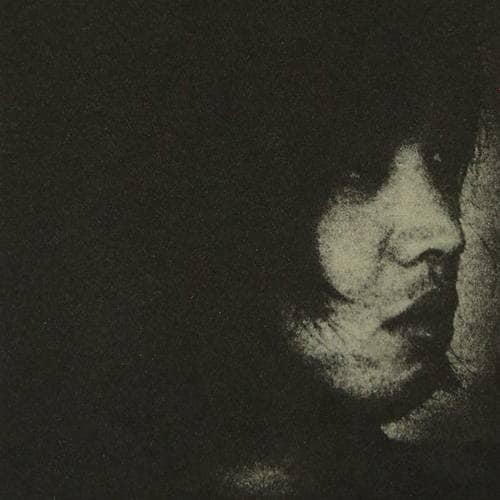
Takuro Yoshida's Genki Desu. (1972) is a masterpiece of Japanese folk music and a classic album of the era.
The album delivers the raw and unfiltered messages of a musician who represented the youth of the time. I believe the greatness of this album lies in three key elements:
The quality of the songs and the musicians involved
The strength of the compositions is elevated by the outstanding contributions of the supporting musicians, particularly Masataka Matsutoya’s keyboard playing and arranging skills. His work highlights the brilliance of the songs, and his admiration for American music, such as Buffalo Springfield, is evident in the arrangements.
The exceptional lyrics
The poetic contributions by Osami Okamoto and Takuro Yoshida himself are remarkable. Their lyrics vividly capture a sense of nostalgia and simplicity, while reflecting the essence of the time.
The fusion of these elements
These elements come together to create a timeless masterpiece.
I think Yoshida is a musician who can portray Japan's lyrical landscapes and scenes without overly emphasizing emotion. His songs encapsulate fragments of the era's atmosphere, creating a foundation for young listeners to relate to and see themselves in his music. This connection was likely a major reason for his widespread appeal.
The themes sung about do not seem drastically different from those of today. However, the landscapes of Japan’s Showa era still remained intact at the time, and Yoshida excelled at expressing them through his music.
Adding to this were the fresh talent and enthusiasm of musicians like Masataka Matsutoya, Tatsuo Hayashi, Rei Ohara, Tsugutoshi Goto, and Takahiko Ishikawa. Their skills and energy combined with a supportive environment that allowed the youthful vigor of the music to fully shine.
Recommended Song: "Haru Datta Ne"
This song is defined by its intro. The sense of speed in the track is brought to life by Masataka Matsutoya’s Hammond organ. At the time, arrangements were not meticulously written out in sheet music but were largely created on the spot through head arrangements. Takuro Yoshida mentioned on a radio show that the opening theme played on the Hammond organ was also a suggestion from Matsutoya.
The drummer, Tatsuo Hayashi, and bassist, Rei Ohara—both connected to the Happy End network—ensure the performance is sharp and precise. The Hammond organ's backing adds a pleasant touch, and the overall sound feels far from dated. When Takuro Yoshida’s Dylan-esque vocals layer over this polished performance, it fully immerses the listener in the Takuro world.
Recommended Song: "Senkou Hanabi"
The lyrics overflow with Japanese sentiment and are masterfully written. The imagery evoked by the senkou hanabi (sparkler fireworks) is vividly painted by the crisp rhythm of the acoustic piano. Yoshida sings this piece calmly, without becoming overly sentimental, showcasing his skillful restraint. The melody played by the flat mandolin that carries the theme is also exceptional.
Recommended Song: "Natsu Yasumi"
The lyrics were written by Takuro Yoshida himself, creating a simple, folk song-like piece. The song skillfully constructs scenes of Japan’s nostalgic landscapes, with imagery like straw hats, frogs, picture diaries, and summer rain showers. The Hammond organ, with its Leslie speaker's slow and fast rotations, provides a simple yet highly effective backing.
Recommended Song: "Tadoritsuitara Itsumo Amefuri"
The song is a highlight of the album, featuring a skillful arrangement centered on guitar and banjo combined with a full band sound. The lyrics, which directly reflect Yoshida’s emotions, are remarkable, but the melodic progression after the chorus stands out as one of the most exceptional in Yoshida’s early works.
Recommended Song: "Matsuri no Ato"
A prime example of the perfect match between Yoshida’s composition and Osami Okamoto’s lyrics. The key to this song lies in the brilliant ensemble of the Hammond organ, acoustic piano, and Fender Rhodes electric piano. The timing and phrasing of the Hammond organ’s entrance reflect Matsutoya’s impeccable sense. The fills on the Fender Rhodes in the latter half are also outstanding. At the time, Matsutoya’s idea of incorporating three keyboards to construct an ensemble for such a simple song was groundbreaking—reminiscent of something David Foster might do (laughs).
Musicians, Album, and Recommended Songs Featured This Time
- Artists: Takuro Yoshida, Masataka Matsutoya, Tatsuo Hayashi, Rei Ohara, Tsugutoshi Goto, Osami Okamoto, Takahiko Ishikawa, and others
- Album: Genki Desu.
- Songs: "Haru Datta Ne", "Senkou Hanabi", "Natsu Yasumi", "Tadoritsuitara Itsumo Amefuri", "Matsuri no Ato"
The “sound & person” column is made up of contributions from you.
For details about contributing, click here.






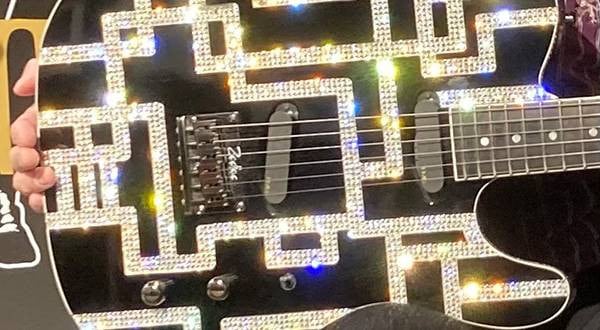
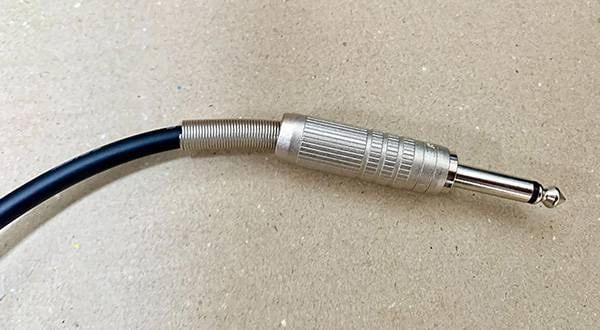
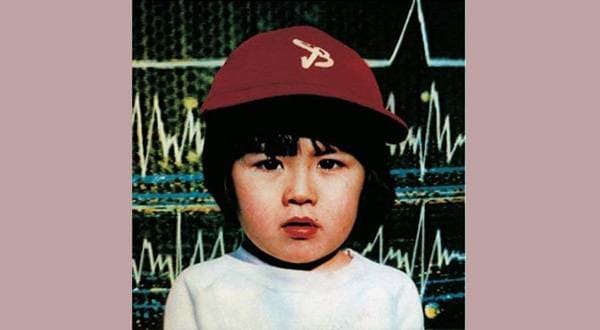
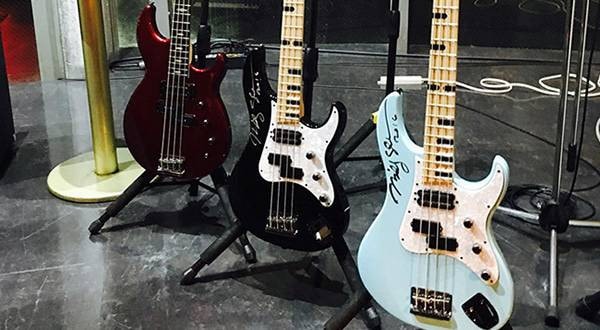
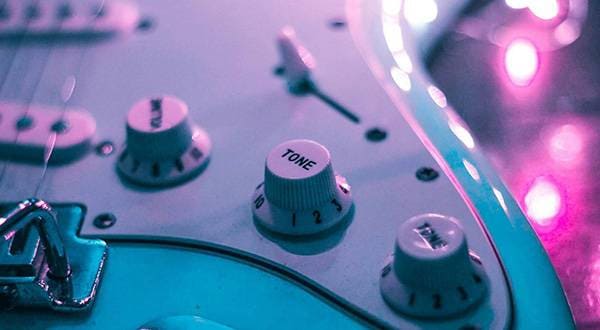
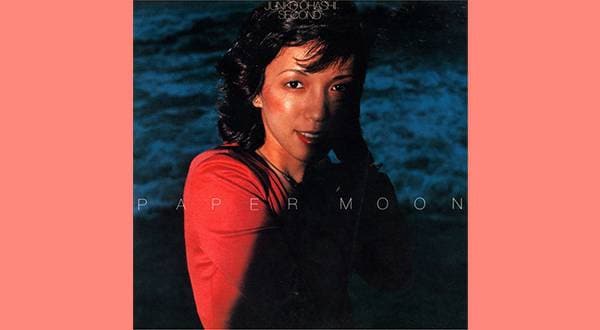
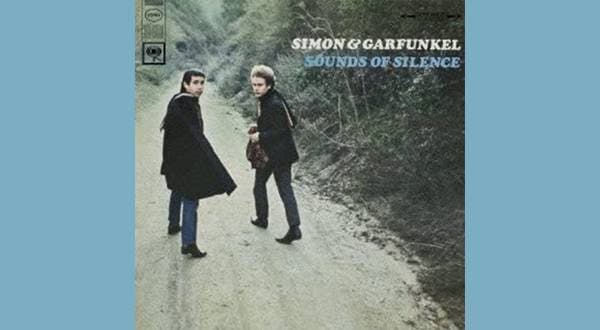

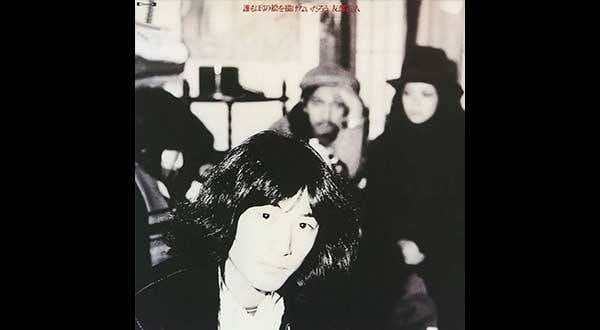
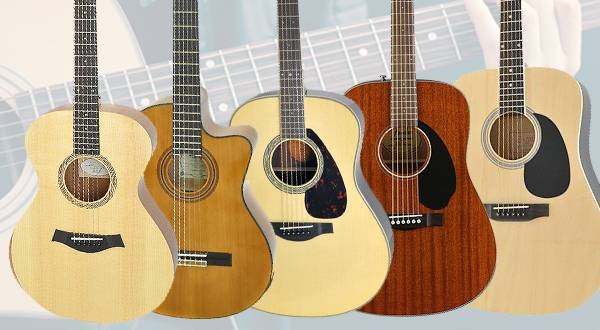
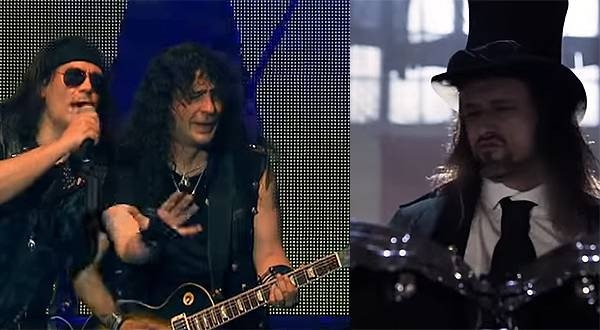
 フェンダーアコースティックギターのすゝめ
フェンダーアコースティックギターのすゝめ
 超オススメのフレーズ道場 アコースティックギター
超オススメのフレーズ道場 アコースティックギター
 ギターの種類
ギターの種類
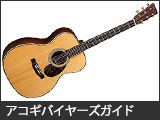 アコギの選び方
アコギの選び方
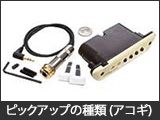 ピックアップの種類(アコースティックギター)
ピックアップの種類(アコースティックギター)
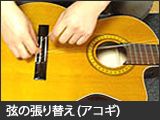 弦の張り替え(アコースティックギター)
弦の張り替え(アコースティックギター)
